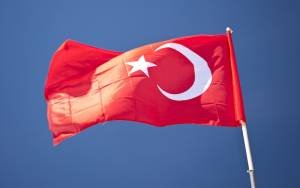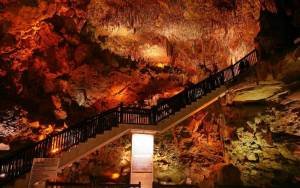Introduction
When it comes to the question of “Where is Turkey?” it’s not just about locating a bird or a Thanksgiving dinner centerpiece. Turkey, officially known as the Republic of Turkey, is a transcontinental country that straddles both Europe and Asia. Its unique geographical location has made it a fascinating destination for travelers, historians, and geographers alike. In this blog post, we will dive into the details of Turkey’s location, its neighboring countries, and the significance of its position in the world.
Geographical Location
Turkey is situated at the crossroads of Europe and Asia, with the majority of its landmass located in Western Asia, known as Anatolia. It also has a smaller portion, known as Eastern Thrace, located in Southeastern Europe. This strategic location has given Turkey a rich cultural heritage and a diverse mix of influences from both continents.
Neighboring Countries
Turkey shares borders with eight countries, making it a key player in the region. The countries that border Turkey are:
- Greece
- Bulgaria
- Georgia
- Armenia
- Azerbaijan
- Iran
- Iraq
- Syria
These neighboring countries have played a significant role in shaping Turkey’s history, culture, and politics. The close proximity to both Europe and the Middle East has made Turkey a bridge between different civilizations throughout the centuries.
Strait of Bosporus and Dardanelles
One of the most important geographical features of Turkey is the Strait of Bosporus and the Dardanelles. These waterways connect the Black Sea to the Mediterranean Sea, dividing Turkey into two separate land masses. The Strait of Bosporus runs through Istanbul, the largest city in Turkey, and is a vital trade route for international shipping.
Significance of Turkey’s Location
Turkey’s unique geographical location has bestowed upon it several advantages and challenges:
1. Cultural Fusion
Being situated between Europe and Asia has allowed Turkey to absorb and blend various cultures, traditions, and cuisines. The country is a melting pot of influences from the Ottoman Empire, Byzantine Empire, Greek, Roman, and Persian civilizations.
2. Economic Hub
Turkey’s strategic position has made it an important economic hub, connecting Europe, Asia, and the Middle East. It serves as a crucial transit point for trade and transportation, contributing to its growing economy.
3. Tourism Magnet
Turkey’s diverse landscapes, historical sites, and vibrant culture have made it a popular tourist destination. Travelers are drawn to its stunning beaches, ancient ruins, and bustling markets.
4. Political Challenges
Due to its location, Turkey faces unique political challenges. It shares borders with countries that have experienced conflicts and geopolitical tensions. Turkey’s role as a mediator and its ability to maintain stability in the region are crucial for global peace and security.
Conclusion
So, where is Turkey? Turkey is a transcontinental country that straddles both Europe and Asia. Its geographical location has shaped its history, culture, and politics. As a bridge between continents, Turkey offers a fascinating blend of influences and experiences. Whether you’re exploring its historical sites, indulging in its delicious cuisine, or simply enjoying its beautiful landscapes, Turkey is a country that truly embodies the spirit of East meets West.



